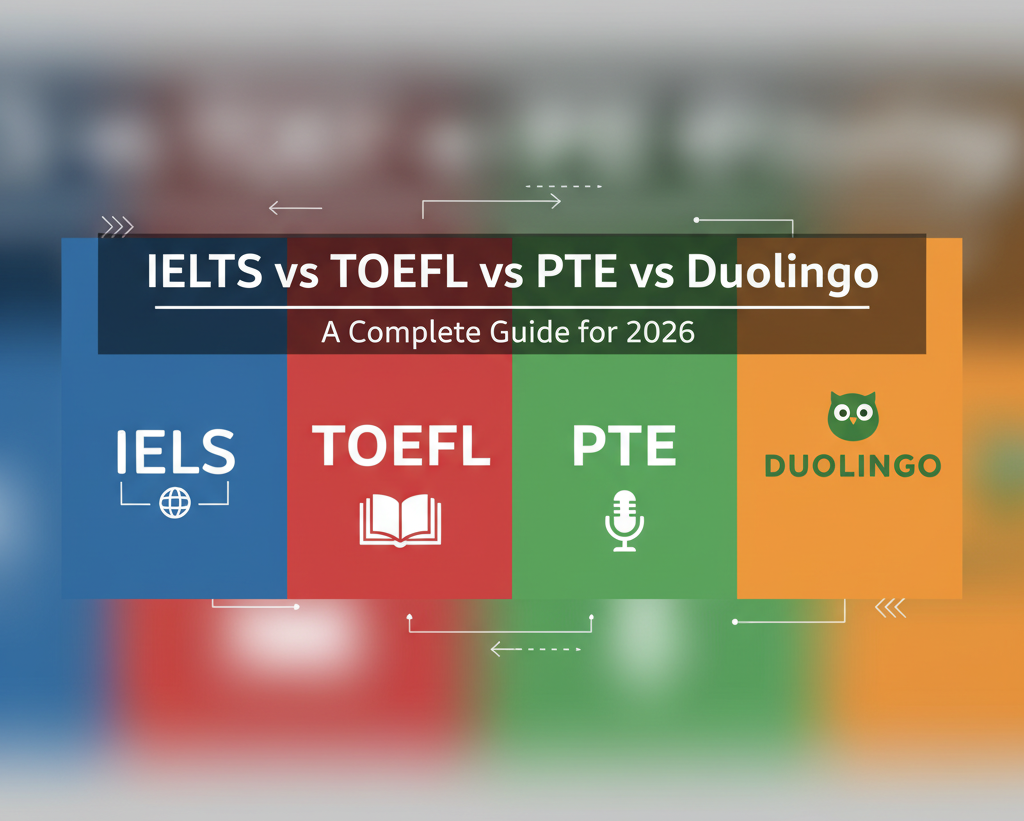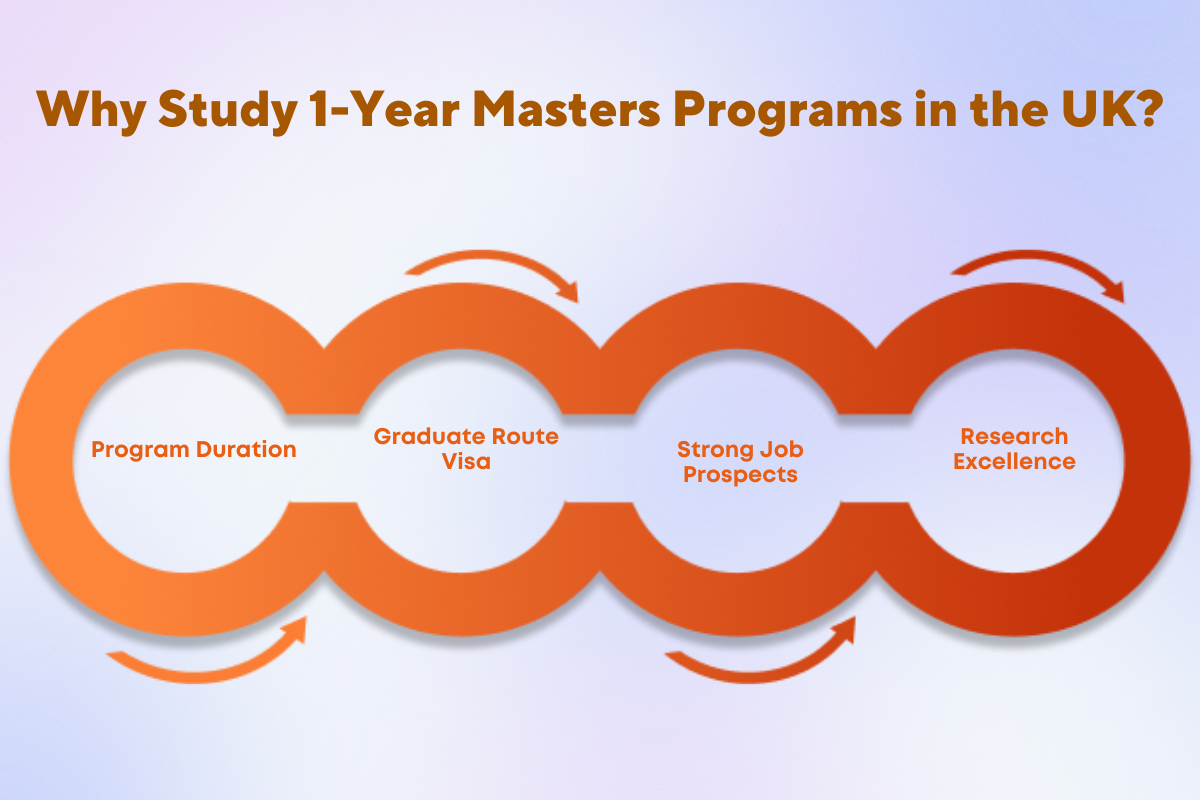Getting into MIT is one of the most competitive academic challenges in the world. MIT accepted just 1,334 students out of 29,281 applicants for the class of 2029, which is a 4.6% acceptance rate. For Indian students, the odds are even steeper with global competition at its peak. But year after year, a few exceptional students from India make the cut through standout essays and strong academic records. If you’re serious about learning how to get into MIT from India, this guide explains what top applicants actually do differently and what it actually takes to compete at that level in 2026.
Highlights
- Only 261 Indian students are enrolled at MIT in 2025–2026, showing how selective admissions are at both the UG and PG levels.
- MIT releases undergraduate decisions on Pi Day (March 14) at 6:28 pm, connecting its deep-rooted love for mathematics.
- MIT has held the #1 spot in the QS World University Rankings every year since 2012.
Understanding MIT’s Expectations: How to Get Into MIT from India
Getting top marks is important, but that’s not all MIT cares about. They’re looking for students who ask questions and enjoy solving real problems, not just completing assignments.
Choose your dream country
When do you want to study abroad?
What's your highest level of education?
Select you current city
How Leap will help you
Personalised University Shortlist
Express Applications with Quicker Admits
End-to-End Application Support
The institute’s motto, “Mens et Manus” (Mind and Hand), reflects its focus on combining deep thinking with practical action. MIT values students who are not only academically strong but also hands-on, collaborative, and eager to make an impact.
Cultural fit matters. MIT looks for students who show initiative, work well in teams, and have a genuine passion for learning, not just for exams, but for building, exploring, and leading.
MIT Admission Requirements for Indian Students (UG & PG)
Whether you're applying to MIT after Class 12 or for a graduate program, meeting the academic standards and submitting complete documentation is critical. Below is a detailed breakdown of the MIT admission process for Indian students.
Undergraduate Applicants (after 12th)
MIT undergraduate admission from India criteria are the same as all international applicants. Below are the key requirements.
Test Score Requirements:
| Test | Minimum Score | Maximum Score |
| TOEFL | Minimum: 90 | Recommended: 100 |
| IELTS | Minimum: 7 | Recommended: 7.5 |
| Pearson Test of English (PTE) Academic | Minimum: 65 | Recommended: 70 |
| Cambridge English Qualifications (C1 Advanced or C2 Proficiency) | Minimum: 185 | Recommended: 190 |
| Duolingo English Test (DET) | Minimum: 120 | Recommended: 125 |
SAT & ACT Scores:
MIT SAT score requirement for Indian students is detailed below:
| Test | Range |
| SAT Math | [780, 800] |
| SAT ERW | [740, 780] |
| ACT Math | [34, 36] |
| ACT Reading | [33, 36] |
| ACT English | [34, 36] |
| ACT Composite | [34, 36] |
Academic Requirements:
| Requirement | Details |
| Academic Background | Class 12 from CBSE, ISC, or State Board |
| Subjects Expected | Math with calculus, Science such as physics, chemistry, or biology, Strong humanities, arts, and social science courses |
| Letters of Recommendation | Two required: one from math/science, one from humanities/language teacher |
Transcript Requirements
| Document | Details |
| Class 10 & 12 Transcripts | Must include grades, board name, school stamp, and be in English |
| Predicted Grades | Recommended if final results aren’t available at the time of application |
| Translation (if needed) | Official English translation required if issued in another language |
Postgraduate Applicants (MS & PhD)
MIT postgraduate admission from India eligibility is department-specific. Each department has its own requirements, deadlines, and application process.
Test Score Requirements:
| Test | Minimum Score |
| IELTS Academic | 7 overall band score |
| TOEFL iBT | 100 |
| Duolingo English Test (DET)* | 135 |
| Cambridge English Qualification* | 190 overall score |
Academic Requirements
| Requirement | Details |
| Academic Background | Bachelor’s degree (4-year preferred) for MSMaster’s degree for PhD |
| GPA Expectations | No fixed cutoff, but typically 3.5+/4.0 or 8.5+/10.0 |
| Research Experience | Strongly preferred for PhD programs |
| Letters of Recommendation | Usually 3 required – academic and/or research supervisors |
Transcript Requirements
| Document | Details |
| Undergraduate Transcripts | Must be official, with course names and grades |
| English Translation | Required if not in English |
| Degree Certificate | May be required during or after application |
MIT Application: How to Stand Out
MIT looks for more than just high scores. A successful application reflects academic strength, personal drive, creative thinking, and alignment with MIT’s values. Here’s how to strengthen yours across academics, activities, essays, and interviews.
Building a Strong Academic Profile
MIT looks for students who have consistently performed in subjects like math and science. For MIT eligibility criteria for Indian students, strong performance is not enough on its own. What really matters is a strong academic track record that shows you're among the best in your school or region, ideally in the top 1–2%.
Academic transcripts must be complete, official, and translated into English if needed. For graduate programs, a GPA of 8.5+/10 (3.5/4.0) is competitive. If you have been a part of research programs or taken advanced-level courses, highlight them clearly in your Statement of Purpose as they can strengthen your application.
Beyond Academics: Passion & Extracurriculars
How to get into MIT from India? MIT wants students who are not just top performers in class, but also curious, motivated, and actively involved in things they care about. They’re interested in what you do outside of school—how you spend your time, what drives you, and how you take initiative.
This could be anything from:
- Taking part in Olympiads
- Working on personal tech projects or research
- Starting a club at school or leading a team
- Volunteering or helping out in your community
- Sticking with a sport, art form, or hobby over several years
What matters is depth, not just quantity. MIT prefers a few meaningful experiences over a long list of casual activities. Show impact, leadership, and what you learned—not just what you did.
Graduate applicants should highlight research experience, conference papers, academic internships, or any contributions to their field. This is often more important than formal extracurriculars.
Writing Compelling MIT Essays
Essays are a critical part of your MIT application. Many students wonder, “How to write MIT essays?” According to MIT Admissions, the best essays are those that “only you could have written.” Avoid templates and AI-generated text. Your experiences, especially in how you’ve solved problems or helped others, are your strongest assets.
Tips for writing effective essays:
- Be honest and specific
- Use examples from real experiences. Reflect on what you learned
- Avoid generic statements like “I love learning.” Show how you’ve pursued knowledge actively
- Make sure your voice comes through. MIT values individuality and authenticity
For graduate applications, your SOP should explain:
- Why do you want to study that field
- What you’ve done so far (academically and professionally)
- Why MIT is the right fit for your goals
- What do you hope to research or achieve
Graduate applicants may also need a cover letter, especially if applying for fellowships or RAships. MIT’s Career Advising and Professional Development (CAPD) office advises:
- Tailor the letter to the program or lab
- Show fit with faculty research
- Highlight skills or experience not in your resume
Acing the MIT Interview
Undergraduate applicants may be contacted by an MIT Educational Counselor (EC) for an interview. It’s not guaranteed for everyone, especially international students, but if offered, it’s a valuable opportunity to showcase who you are.
What to expect in the MIT interview process for Indian students:
- Casual, conversation-style format (usually 30–60 minutes)
- Questions about your interests, goals, academic projects, or challenges
- Expect to discuss both academic and non-academic experiences
How to prepare:
- Be ready to talk about what excites you and why you want to attend MIT
- Reflect on challenges or projects you’ve worked on
- Prepare questions to ask the interviewer—it shows genuine interest
MIT Application Timeline & Deadlines
MIT follows fixed dates each year for undergraduate and graduate applications. UG applicants choose Early Action or Regular Action, while PG dates vary by department but generally fall between September and December. Staying aligned with these timelines keeps your application in the review cycle for admission and aid.
Undergraduate Programs
For first-year applicants, UG deadlines at MIT are set in advance for Early Action and Regular Action. Meeting these deadlines gives full consideration for admission and financial aid.
Early Action (EA)
| Month | Action Item(s) |
| August–October | Open the MIT Application Portal, and begin working on the application components |
| November 1 | Submit all application materials (general info, essays, activities, academics, etc.) |
| Submit two letters of recommendation (1 math/science + 1 humanities/social science/language) | |
| Submit Secondary School Report (SSR) and high school transcript | |
| November | Complete and send SAT/ACT scores (by November testing date); English proficiency exams strongly recommended for some non-native speakers |
| Mid-December | Receive Early Action admission decision |
| Mid-February | Submit the February Updates & Notes Form (including midyear grades) if deferred or admitted |
Regular Action (RA)
| Month | Action Item(s) |
| September–December | Work on MIT application and supporting materials |
| January 5 | Submit all application materials (general info, essays, activities, academics, etc.) |
| Submit two letters of recommendation (1 math/science + 1 humanities/social science/language) | |
| Submit Secondary School Report (SSR) and high school transcript | |
| December–January | Complete and send SAT/ACT scores (accepted through January test dates for RA); English proficiency exams strongly recommended for some non-native speakers |
| Mid-February | Submit February Updates & Notes Form (including midyear grades) |
| Mid-March | Work on the MIT application and supporting materials |
| May 1 | Enrollment decision deadline for admitted students |
Additional Notes:
- Financial aid applicants should submit required documents by February 15.
- Creative and research portfolios are accepted as supplements via SlideRoom.
- All materials should be submitted online when possible.
This checklist ensures you never miss a deadline or required document for both Early and Regular Action cycles at MIT.
Postgraduate Applicants (MS & PhD)
MIT’s graduate admissions process is handled individually by each academic department. There is no single application deadline or review timeline for all programs. Applicants must check the specific requirements and deadlines for their intended department.
| Stage | Typical Timeframe | Details |
| Application Opens | Early Fall (usually September–October) | Online applications become available on department websites. |
| Application Deadline | Late Fall (usually November–December) | Deadlines vary by department. Late submissions are usually not accepted. |
| Review & Interview Period | Early Spring Semester (January–March) | Departments review applications; some may conduct interviews. |
| Admission Decisions Released | Mid-Spring Semester (March–April) | Applicants are notified via email to check their admission portal. |
| Reply Deadline (with funding) | April 15 | MIT follows the Council of Graduate Schools (CGS) April 15 Resolution. |
| Reply Deadline (without funding) | Flexible | Applicants may accept or decline the offer anytime before the program starts. |
Note: Some programs, such as business or management-related degrees, may follow rolling admissions and release decisions earlier.
Financial Aid and Scholarships for Indian Students
MIT offers a need-blind financial aid policy and generous scholarship support for all undergraduates, including international students from India. Here’s how the financial aid process works and what Indian applicants need to know, based entirely on official MIT guidance.
Need-blind Policy & Commitment to Affordability
MIT evaluates all undergraduate applicants, including international students, without considering their financial background. If you're admitted, MIT guarantees to meet 100% of your demonstrated financial need.
This means that once accepted, you will receive enough financial support—through scholarships and grants—to make your MIT education affordable. Aid is need-based only and does not need to be repaid.
Application Process for Financial Aid
The financial aid process for Indian students involves two main steps: completing the CSS Profile and submitting parental financial documents.
1. CSS Profile
Submit the CSS Profile through the College Board website. This form collects detailed information about your family’s income, assets, and expenses.
You’ll need:
- Parent income tax returns (latest, from India)
- Wage statements (if available)
- Bank balances
- Investment records
- Details of any untaxed income
If documents are not in English, provide a self-prepared English translation.
2. Submit Parental Documentation via IDOC
After completing the CSS Profile, upload the required financial documents to the College Board’s IDOC portal (not directly to MIT). These may include tax returns from both parents, even if they are separated or divorced.
Documents are typically processed by MIT within two weeks after IDOC submission. MIT's financial aid team is available by email or phone to answer any questions and help guide families through the process.
Scholarships for Indian Students
Indian students can apply for MIT scholarships for Indian students and a few external scholarships to manage study costs. Submitting financial documents on time raises the chance of receiving support.
MIT Scholarships
All need-based aid awarded by MIT is called the MIT Scholarship. No separate application is required beyond the standard financial aid forms. The amount is calculated based on the family’s financial situation, not academic merit.
External Scholarships
There are many external options for financial aid for Indian students at MIT. These can be used to supplement MIT’s financial aid offer.
Some well-known options include:
- JN Tata Endowment Loan Scholarship
- Inlaks Shivdasani Foundation Scholarship
- KC Mahindra Scholarships for Postgraduate Studies Abroad
- Lady Meherbai D. Tata Education Trust Scholarship (for women)
MIT allows you to combine external scholarships with its own aid, as long as they don’t exceed the total cost of attendance.
Expert Tips from MIT Alumni
If you're aiming for MIT from India, these tips can help you avoid common mistakes and strengthen your application.
- Focus on depth over breadth in extracurriculars
- Long-term commitment matters more than quantity
- Highlight self-driven projects or learning outside the classroom
- Be authentic and specific in your essays—share real experiences and reflections
- Use the interview to tell your story, not to impress with rehearsed answers
- Proofread everything—small errors in your application can cost you
- Start the financial aid process early and keep documents ready
- Show initiative, curiosity, and problem-solving—MIT values creators, not just achievers
Your MIT Journey Starts with the Right Strategy
Understanding how to get into MIT from India isn’t just about scoring high on tests—it's about building a thoughtful, well-rounded application that reflects who you are and what you’re capable of. From academics and essays to interviews and financial aid, every detail matters.
If you’re looking for guidance on building a strong profile or getting help with SOPs, test prep, or timelines, Leap Scholar offers expert-led support to help students like you apply with confidence. If you start early and take the right steps, then MIT is within reach.
Frequently Asked Questions
-
Does MIT accept JEE scores?
No. MIT does not accept JEE Main or Advanced scores. You must submit SAT or ACT scores for undergraduate admission.
-
How to get into MIT from India?
MIT’s admission is extremely competitive for all applicants. However, Indian students compete globally, so the bar is high. Only the most exceptional profiles are accepted.
-
Does MIT give full scholarships?
Yes. MIT offers need-based scholarships that can cover up to 100% of tuition and living costs for admitted students, including Indian nationals.
-
What is the MIT acceptance rate for Indian students?
For the Class of 2029, MIT had an overall acceptance rate of 4.6% making it one of the most selective universities worldwide. In 2025–2026, around 261 Indian students are enrolled at MIT.
-
Is MIT better than IIT?
MIT and IITs serve different purposes. MIT offers a global research-driven education with vast resources, global faculty, and international exposure. Rankings place MIT above IITs, but both are highly competitive.
-
What is the cost of studying at MIT for Indian students for undergrad studies?
For Indian students, the annual tuition fee at MIT for undergraduate studies is about USD 64,310 (INR 56,78,251). Additional expenses such as housing, meals, books, and personal costs bring the total estimated yearly cost to around USD 89,340 (INR 78,88,275).
















Have Questions? Get Guidance to reach your Dream University
Connect with India's finest counsellors and biggest study abroad community.
Get Guidance